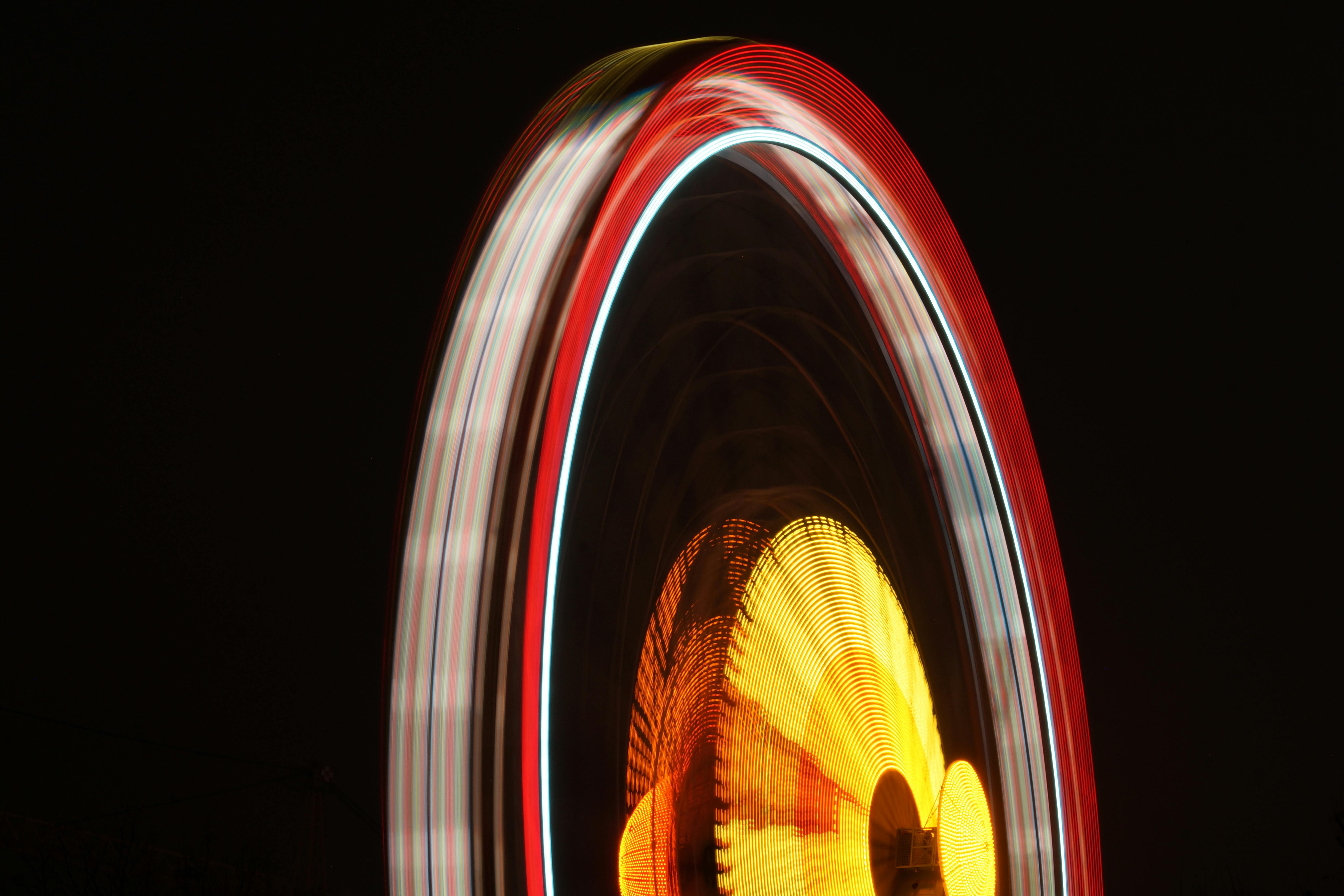The first experiments carried out for the production of real ice by artificial means should interest all those interested in the history of figure skating, since without this artificial ice development would have been really slow. That evaporation was an agent that produced intense cold had long been known, but had received little attention from scientists; on December 17, 1812, a report presented to the Royal Society by its secretary, Dr. WH Wollaston, on the experiments of a Mr. Leslie, in which, by using an instrument called Cryophorus, a frost carrier , to absorb steam by Sulfuric acid ice could form in a few minutes, by condensation through salt and snow.
Then, in 1842, Henry Kirk invented a mixture of alum and other chemicals and, in a basement on Baker Street, London, he laid out a small ice floor which, although it was a complete failure due to its size and smell, set brains in motion. scientists. in the correct lines of investigation. In 1865, WA Parker discovered a process by which ice could be produced with carbonic acid and brine, thick enough to withstand the heavy use of a skateboard. In 1870 William Newton designed a building in New York suitable for a skating rink and, using the invention of a certain Matthew Julius Bujac from that city, produced ice by circulating ammonia gas, ether and carbonic acid, through tubes placed below the surface of the water.
This project did not last long but, in the same year, a professor John Gamgee patented a process that he claimed was an improvement over all previous refrigeration systems, and five years later, he patented his Improvements applicable to skating training and maintenance. tracks.
The professor took a small room in a side street of Kings Road, Chelsea, and there he installed his track. Although it did not work for real skating, it attracted a lot of attention.
Manchester was actually the first in the field, with the Rushoim ice rink, formed in the Gamgees process, opened in 1876. It operated for about 12 months with the support of skaters and rollers, but mainly due to its uneven surface and the intense cold and humid that often caused a dense impenetrable mist, it was an extremely uncomfortable place and, consequently, it was closed.
Later another track was built in Southport, about 16 miles from Liverpool. It was built and supported mainly by businessmen from the two big cities. The foundation stone was laid by Lord Clarence Paget on April 5, 1877, cost £ 30,000, measured 164 by 64 feet and was inaugurated on January 10, 1879, thus coinciding with the founding of the National Skating Association. This famous track, The Southport Glaciarium, was advertised as:
The only real ice skating hall in the world!
The figure skaters’ paradise! Open to everything
Seasons! Spring, summer, autumn, and winter!
Admission 6d.
In 1889, after ten years of struggle and eventual economic losses, it closed.
It is interesting to note that the manager and chief engineer of this rink, Mr. Nightingale, whom many of us remember so well, eventually came to London and served as an ice maker and engineer at the celebrated Princes Skating Club, the private club It was started and with the full support of the Duchess of Bedford, and is located in the same building where the Daimler Hire Co. now stands in Knightsbridge. An artificial track was opened in Frankfurt in 1881 and another in Munich in 1892, which lasted a long time as it ran in connection with the brewery and was by all accounts a most fun and refreshing place. Then came, in 1893, the Pole Nord in Paris and in London the Niagara Hall near Charing Cross. These were followed by a track at the site of Henglers Circus, where the London Palladium now stands, and was known as the National Skating Palace and where, in 1898, the ISU held the memorable World Championships won by Swedish skater Henning Grenander. . .



